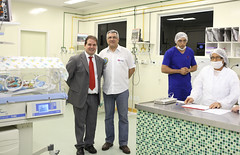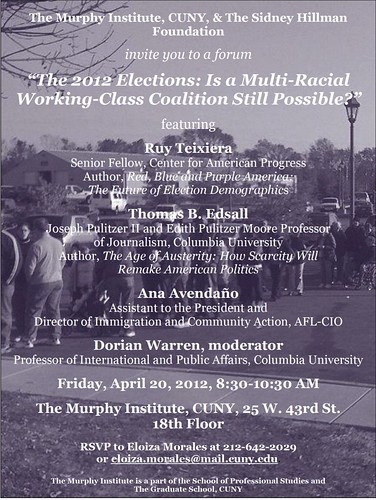"Embedded" Debt Collectors Besiege Bedridden Patients

“Embedded” debt collectors prowl the corridors of hospitals, shaking down patients, and even discouraging perceived deadbeats from seeking emergency care, Jessica Silver-Greenberg reports for the New York Times:
Hospital patients waiting in an emergency room or convalescing after surgery are being confronted by an unexpected visitor: a debt collector at bedside.
This and other aggressive tactics by one of the nation’s largest collectors of medical debts, Accretive Health, were revealed on Tuesday by the Minnesota attorney general, raising concerns that such practices have become common at hospitals across the country.
The tactics, like embedding debt collectors as employees in emergency rooms and demanding that patients pay before receiving treatment, were outlined in hundreds of company documents released by the attorney general. And they cast a spotlight on the increasingly desperate strategies among hospitals to recoup payments as their unpaid debts mount.
To patients, the debt collectors may look indistinguishable from hospital employees, may demand they pay outstanding bills and may discourage them from seeking emergency care at all, even using scripts like those in collection boiler rooms, according to the documents and employees interviewed by The New York Times.
By law, hospitals must provide emergency care, even to the destitute. If a hospital “embeds” a debt collector to deter a patient from seeking care and that patient dies because she went untreated, are the hospital and the debt collector liable?
Silver-Greenberg notes that the Accretive Health’s aggressive tactics are part of a larger trend of hospitals signing over core functions to debt collection agencies in an attempt to recoup more money. Critics worry that giving debt collectors this kind of access could compromise patient safety and privacy. Hospitals claim they have no choice because they are hemorrhaging billions of dollars a year in uncompensated care.
If you need an argument for universal health insurance, Silver-Greenberg has supplied one.
[Photo credit: Which one is the debt collector? For illustration only. By Agência de Notícias do Acre, Creative Commons.]







